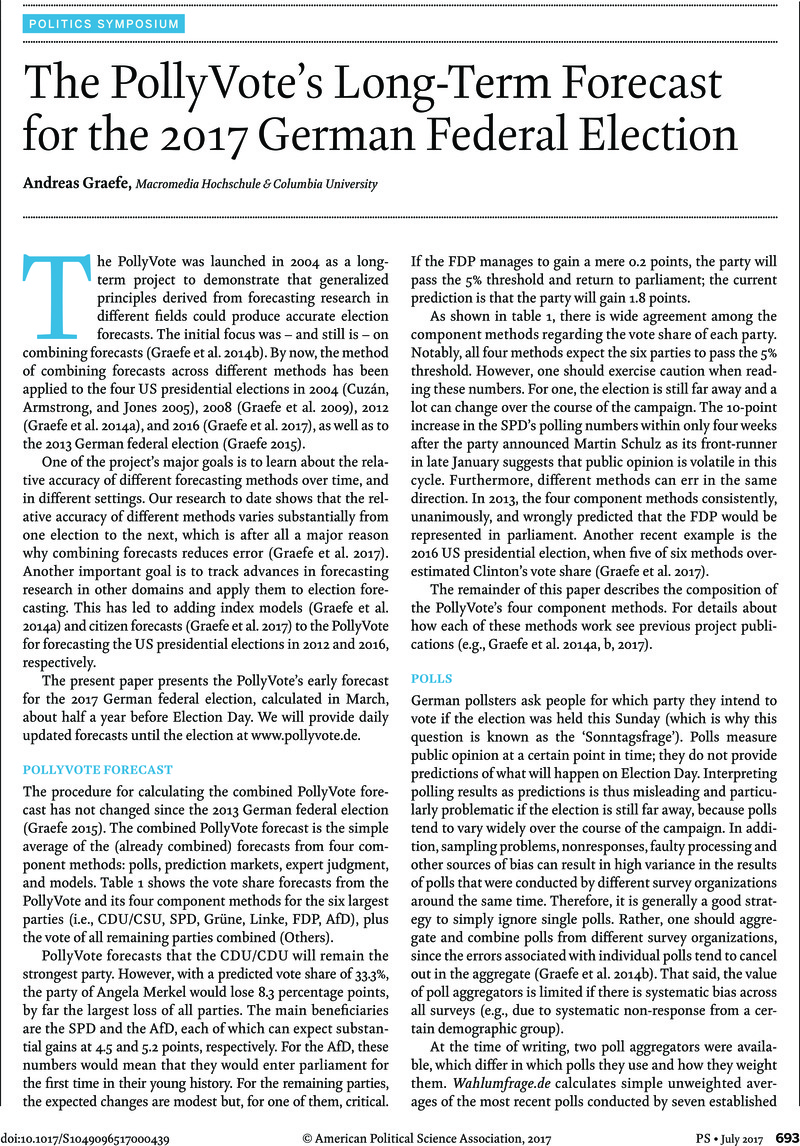Crossref Citations
This article has been cited by the following publications. This list is generated based on data provided by Crossref.
Leininger, Arndt
2018.
Handbuch Organisationssoziologie.
p.
1.
Bauer, Alexander
Bender, Andreas
Klima, André
and
Küchenhoff, Helmut
2020.
KOALA: a new paradigm for election coverage.
AStA Advances in Statistical Analysis,
Vol. 104,
Issue. 1,
p.
101.
Leininger, Arndt
2020.
Handbuch Methoden der Politikwissenschaft.
p.
651.
Leininger, Arndt
Murr, Andreas E.
Stoetzer, Lukas F.
and
Kayser, Mark A.
2024.
Wahlen und Wähler.
p.
383.



